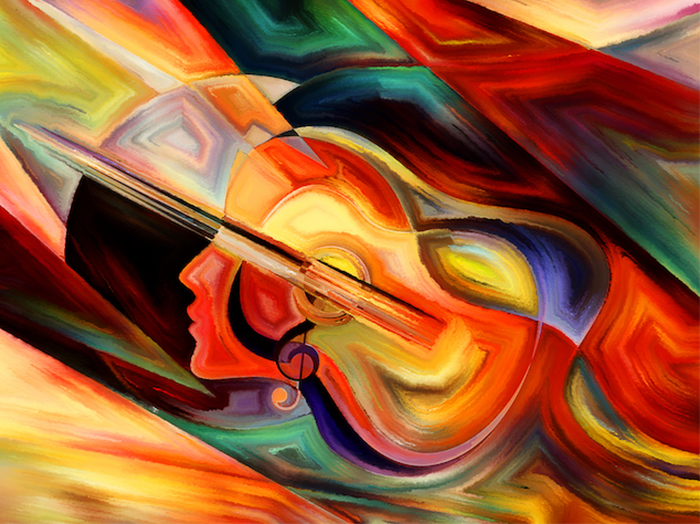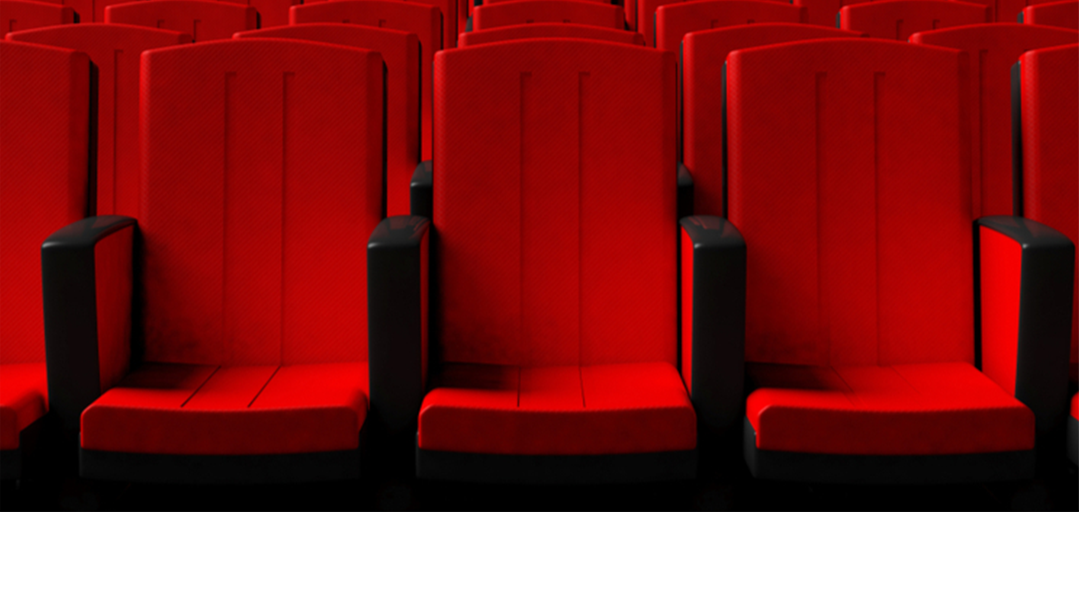I’ve had a front row seat for a year.
It’s funny, because seats are definitely a thing in my professional life…maybe even a denominator in much of my lived experience. Prior to the pandemic, I was obsessed with seats. At TRG Arts, the global arts consulting company I own and operate, we’ve spent 25 years helping clients make seats attractive…pricing them, packaging them…creating demand for them. As a consulting professional, I bought airline seats way too often and arts events seats more than most. I became skilled with seats.
But how often would I have described my seat as “front row”? Often. But not always.
Now, I have a front row seat every day, during a pandemic, to executives in the global arts and cultural sector. A bit of backstory might help: since 2014, I’ve convened chief arts executives in regular intensives multiple times a year across the globe. By the end of 2019, more than 200 leaders had engaged. We’d developed a tribe, of sorts…a group that let me and TRG into their vulnerabilities and realities as we all reacted in shock to the pandemic and the devastating impact it had on live entertainment and attractions. Revenues fell to near zero, performances and venues were shuttered. The impact on artists, arts and cultural professionals, and audiences has been profound.
TRG began gathering executives in reaction to the pandemic in April of 2020. We held weekly Executive Recovery Summits that included leaders from any manner of business models and multiple countries. We listened and shared everything we could that might help. As we got into the late summer and fall we convened Adapt Now sessions focused on 2021 and the activities and attitudes required to jump-start recovery.
All in, we’ve now listened to more than 300 executive leaders. I’ve had a front-row seat to their realities, concerns, thrills and disappointments. I’ve been with them as they’ve led their teams, strived to meet strategic plan milestones and balance budgets. I am one. I can relate and react with the context of similar pressures, especially now.
What I heard surprised me: it was the minority of leaders who sounded truly, honestly ready to use this time as a catalyst for major change.
I really do understand the context. The requirements of “stopping” everything created a need to DO so much more, and often those things were emotionally exhausting and complex. Laying off or furloughing artists and staff; supporting audiences and patrons who often require more time and support than ever before; responding to the call for racial justice after George Floyd’s murder; the relentless need to lobby governments... There has been so much to do in a short amount of time. But as I studied the anecdotes from my session notes and some real data—just 20% of the 500+ leaders accepted the invitation to participate in discussions with me about change for our field’s sustainable future—I began to see a shape. And it was this:
20%
I continued to facilitate and listen and considered the context from my own business. TRG Arts was affected mightily by this pandemic, too. My thoughts were similar: “How will we survive? We can’t!”’ “We must survive…we will!” I’ve lived through horrible personal and professional experiences…could I dig deep and understand: what would feed my ability to support the field I love so much, my family and myself?
I began studying, reading, looking inward, even as we were supporting outward. And I kept returning to these three words.
Creativity. Resiliency. Entrepreneurialism.
 The Inner Melody series, featuring an abstract design made of
colorful human and musical shapes on the subject of the
spirituality of music and performing arts.
The Inner Melody series, featuring an abstract design made of
colorful human and musical shapes on the subject of the
spirituality of music and performing arts.
“Creativity” because it’s what we do, but it’s also what we require to move through this time and past it to something new. The definition of creativity is to bring something into existence through imaginative skill. Creativity fuels innovation and solutions and inspiration. Creativity is the mental vaccine to our current realities, I’ve heard said, and I believe it entirely. But creativity is a resource. And I’ve also observed that it can be depleted.
“Resiliency” because we all need it now, personally, but also because we need creativity to be resilient. We need it to bounce back, always, renewably.
“Entrepreneurialism” not only because I am an entrepreneur, but also because of the leaders who were inspired rather than defeated by this pandemic and took action that I would describe as entrepreneurial: comfortable with risk, optimistic even in the face of challenge, and undeterred. They described being inspired by the potential in their post-pandemic organizational impact.
Today, leaders require all these things and more to move through and thrive beyond the pandemic. I’d argue that creativity is the key driver to the other positive responses we require. Creativity drives resiliency and recovery. It drives entrepreneurial thinking and innovation. It will drive social transformation, political change, and more. But I’ve learned through reading and listening that not all of us think of ourselves as creative. Even as our global economies are increasingly driven and fueled by knowledge workers and people Richard Florida calls “the creative class”.
Do we lack the creative environment required to fuel the sector’s recovery? In a way that matches its fullest, most brilliant possibilities?
This front row seat to the arts and cultural sector’s struggle through the pandemic created surprising thoughts and the beginnings of a theory: while creativity IS popping up all around us (I mean, my heavens: have we ever seen art in so many forms, distributed in so many exciting ways and locations??), I’m concluding that our field of creatives doesn’t always have the right environment for creativity. Commercial operators have produced masterful television series like The Crown, extraordinary performance art like Cirque du Soleil, and some of the longest-running shows on Broadway and on the West End. But just as often commercial requirements put a governor on positive community impacts, limit diversity and subordinate risk-taking.
Then there’s the non-profit portion of the creative industries. The intention of a non-profit/charity is to enable creativity and innovation not always achievable in the commercial market. The JOB is to innovate…make things happen that commercial entities can’t because they might not be profitable. That specific job and remit is rewarded with special tax status and public subsidy and private funding because it’s designed to be exceptional. Different. Change-making.
Regardless of the business structure, where is the nexus of our shared creativity? In the creative realm, within our creative teams and leaders who’ve studied creativity, who produce rehearsals and workshops and coaching specifically to teach and learn. And who use design theory and more to further their craft. But it is this creative realm that is often not well-integrated into organization structure, operations or broader organizational design.
Yes: we’re in the middle of an epic crisis. And during crisis we react, we tunnel, we fire-fight…all of which diminishes our creative energy. This is a TIME when we may not be our creative best. But I’m starting to wonder, based on my 30 years of experience working in this sector, if arts and culture has EVER been as creative as it could be. As it should be.
So I’m turning my attention to WHY, and I’d love you to join me.
This year I’m writing about my discoveries and theories. I’ll be presenting what I’m beginning to see as systemic reasons why the arts and culture sector isn’t as creative or resilient as it could be. Please join me here for future postings. I would love to engage with you about what I’m seeing, what you’re seeing, and what we might do to make a difference.
Join Me On An Exploration of CreativityBut to whet your appetite, here’s one observation: financial precarity, as researched by professors Carrie Leana (University of Pittsburgh) and Jirs Meuris (University of Wisconsin-Madison), creates a “cognitive tax” on people and systems. Their research focuses on the impact of financial insecurity on people, their work productivity, and ultimately the cost to business. But it’s not hard to make the leap to the financial precarity of non-profit arts and cultural organizations, who coming into the pandemic, during a healthy economy, held less than two months of working capital on average.
This week, I begin gathering global creative leaders for a full year, and we’re digging into these systemic issues with a goal of better understanding what personal and organizational change is required to achieve sustainable creativity. Resilient creativity. Catapulting creativity.
Because our sector and communities deserve it. We’re capable of it. And I want a front-row seat to that.
Jill Robinson CEO | TRG Arts
Join MeJill S. Robinson is CEO of TRG Arts (The Results Group for the Arts), a renowned international, data-driven change agency and a ColoradoBIZ Top 100 Women-Owned Company. As a driving force in the arts and culture sector, Jill has inspired leaders and organizations for more than three decades, and her expertise and counsel are sought out by arts and cultural executives worldwide. Jill believes in the transformative power of arts and culture experiences, and that positive, profound change in the business model of arts organizations leads to artistic innovation that can inspire entire communities.

TRG 30 is a bi-weekly 30-minute series of conversations and provocations with CEO Jill Robinson and invited guests. Open to anyone in the arts and cultural sector, the sessions provide insight, counsel and inspiration.
Register Today